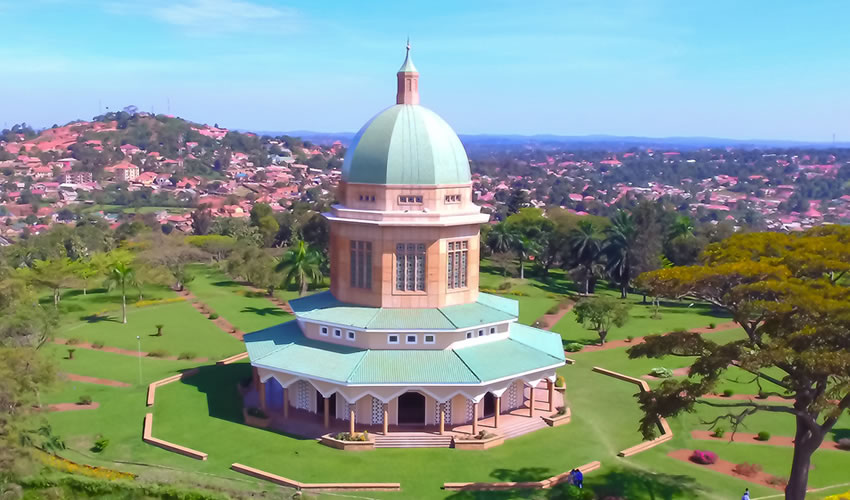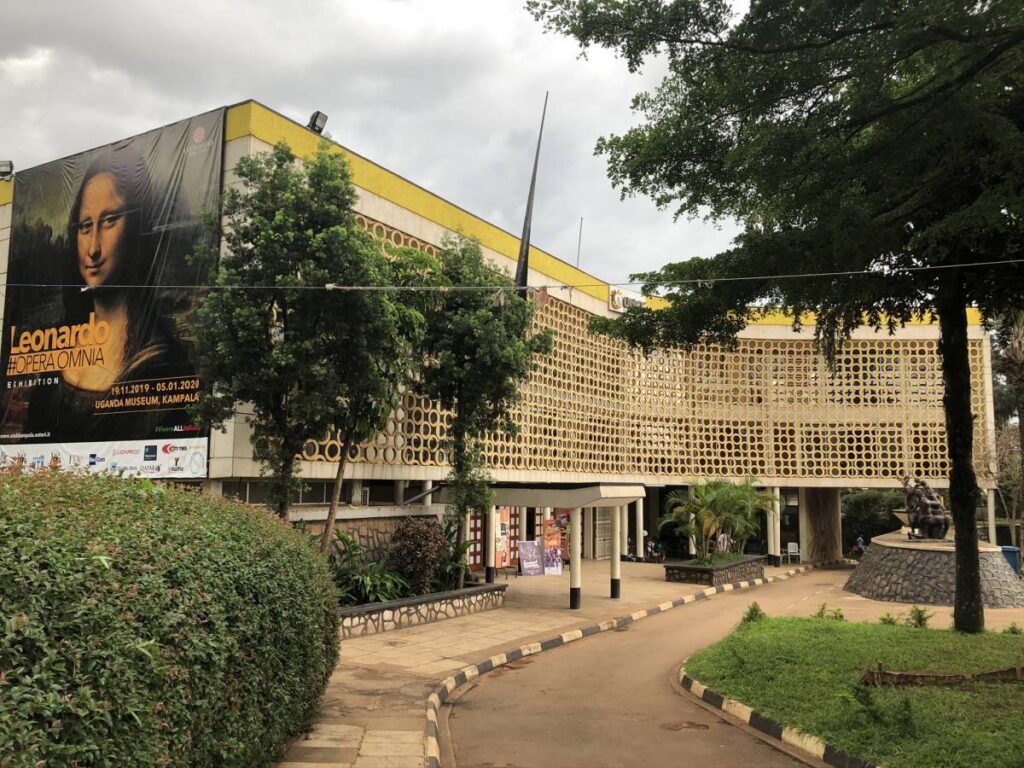Top tourism sites in Kampala
Top tourism sites in Kampala: With a population of over 1.6 million, Kampala is the largest city in Uganda and serves as both the country’s commercial and national capital (2014). Makindye, Kampala Central, Kawempe, Nakawa, and Rubaga divisions are the city’s five divisions. With a wide range of tourist attractions, including historical, religious, and cultural monuments, Kampala is also a major tourist destination in the nation.

Culture Sites
The Buganda kingdom’s capital, Kampala, is home to several cultural landmarks that draw large numbers of visitors annually.
The tombs of Kasubi
The Buganda kings and other deceased members of the royal family are buried at the royal tombs. The location, which is possibly the nicest place to visit when visiting Kampala, is where four kings have been buried thus far. The kingdom’s political leadership and cultural legacy are also housed there.
You can learn about the various customs performed at the Kasubi graves, such as welcoming the moon and consulting the ancestors. You may also watch traditional medicine men visiting the tombs to ask the ancestors for blessings. You will gain a thorough understanding of Buganda culture and the four kings buried there: Mutesa 1 (1856–1884), Mwanga (1884–1897), who was responsible for the deaths of the Uganda Martyrs, Daudi Chwa (1897–1939), and Mutesa 11 (1939–1966), Africa’s first president.
Kabaka’s palace
The Kabaka’s palace, also known as Olubiri lwa Kabaka in Luganda, is the king of Buganda’s official residence and is situated at Lubiri Mengo. Kabaka is the formal title of the Buganda ruler and can be translated as “King from Luganda.”
The palace, which was constructed in 1885 by Ssekabaka Mwanga 11, serves as the Buganda kingdom’s administrative center. Among its many attractions are Amin’s torture chambers and a fire that never burns out, signifying that the Kabaka is still in control. President Idd Amin Dada constructed the rooms at the start of his rule in 1971 in order to torture his opponents and opponents. When a prisoner approached the ditch filled with electrified water, they would be electrocuted to death if they attempted to escape.
You can pass over Bulange after the Kabaka’s palace, which is only a few meters away. Kabaka Mutesa II built Bulange, the Kingdom’s administrative center, in 1955 after admiring a structure of a similar design in Scotland. The Buganda parliament, Kabaka’s office, Queen Nabagereka’s office, Buganda’s prime minister’s office (Katikiro), and administrative offices are all located in Bulange. This building contains all of the insignia for the 56 Buganda clans, which you can learn more about here.

The Ndere Cultural Center
The center, which opened in 2003, is home to cultures from East Africa and Uganda. On Wednesday, Friday, and Sunday, there are shows called “cultural nights.” Admission is Ugx 45,000 for Ugandans, Ugx 25000 for children, and $25 for non-Ugandans. All proceeds are used to teach and educate troop members.
Sites of worship
Ugandan martyrs’ shrine
Situated in Namugongo, the shrine was constructed to honor the Uganda Martyrs who, on June 3, 1886, were ordered to be executed by Kabaka Mwanga for refusing to repudiate their newly discovered Christian beliefs. Every year on June 3rd, a large number of visitors from all over the world visit the basilica to honor the martyrs. It is a popular destination for travelers interested in faith-based travel.
Historical locations
The Museum of Uganda
Constructed in 1908, the nation’s largest and oldest museum was relocated from Lugard’s fort to Kitante Hill in 1941. The museum’s many sections contain objects that were in use in the nation at the time. The museum is the place to go if you’re interested in Ugandan history.
The largest artificial lake in Uganda, Kabaka’s Lake, the oldest Anglican church, the largest mosque, the Gaddafi Mosque, the first Baha’i Temple in Africa, the Nakasero Market, and Kampala town itself are some of the other attractions.



